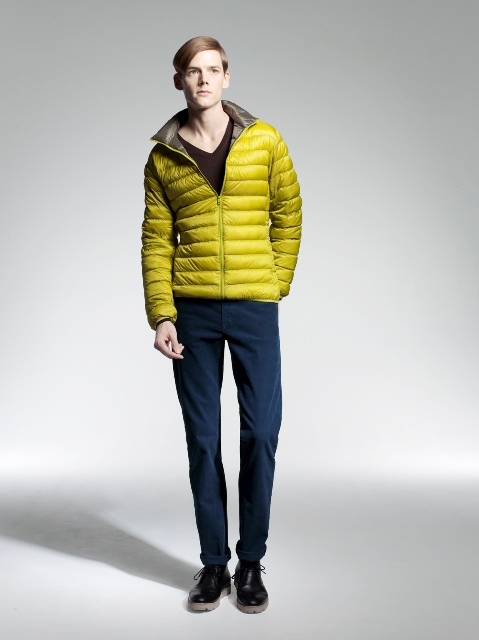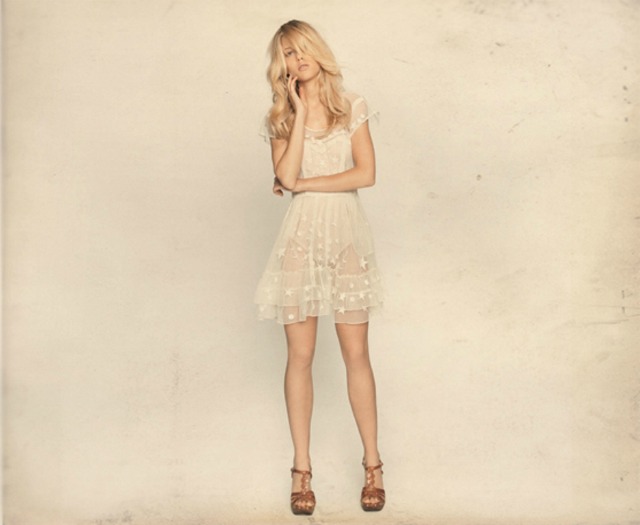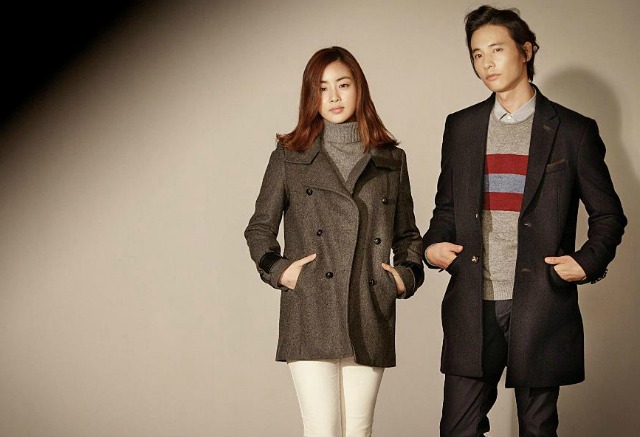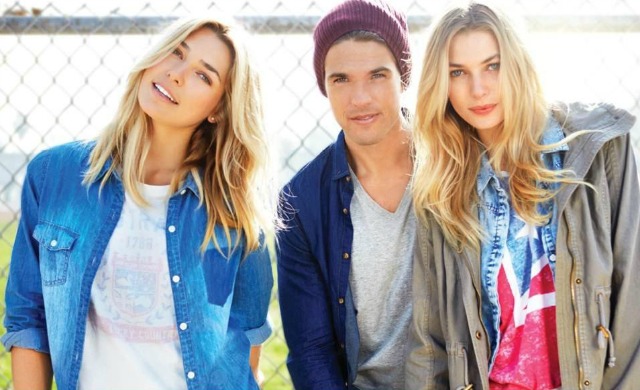Filtered by: Lifestyle
Lifestyle
Why foreign clothing giants are coming to Manila
By JICA LAPEÑA
When Forever 21 opened at SM Megamall two years ago, fashionable Filipinos (over and under 21) flocked to the store to get their hands on what were dubbed “the most current fashions at the greatest value.” A string of branches followed in 2011 and 2012, including northern and southern parts of the metro, and even extending beyond Luzon.
The brand is among the 50 largest private companies in Los Angeles, with over 480 stores all over the world. Six of them are in the Philippines and five are in Manila—but this California-based brand isn’t the only big name to make it to our country. The year 2012 was a fantastic one for international retail giants, which all came to set up shop on our shores.
We now have Japanese, Australian, Korean, and British fashion aesthetics available to us in a way they never were before. This phenomenon of retailing development begs the question “why us?”—and the answer to that is investigated here.
Four big brands set to take on the world were brought to us by some of the Philippines’ leading retail investment corporations, namely: SM Investment Corp., The Bench Group, and Robinsons Specialty Stores, Inc. Certainly familiar names in the urban Filipino shopper’s vocabulary, these companies are just as well known as the global fashion brands they promote.
 Quality clothes from Japan
Quality clothes from Japan The first big shop (quite literally, as it takes up a total of 1,550 square meters of SM Mall of Asia) to open in June 2012 was Asia’s no. 1 retailer, UNIQLO. Hailing from Tokyo and headed by a man who is now the richest person in Japan, the brand is known for its quality business strategies which likewise result in quality products. Their classic designs are comfortable, versatile and, most of all, practical—being made with every person (“whoever they are, wherever they’re going”) in mind.
In an e-mail interview, chief operating officer Katsumi Kubota talks about the brand’s distinct philosophy: “What makes UNIQLO collection unique in every country is actually the individual who wears it. UNIQLO presents a very wide array of apparel choices—colors, prints, and designs among others—and it’s up to the individual how he or she wants to wear it. So a Filipino who wears UNIQLO according to his or her own style would say, 'this is me,' and that in itself is unique.”
He then explains how UNIQLO aims “to succeed in the world’s leading cities,” Manila being one of them. And as it moves toward globalization, the company is also “in search for global talents.” The company believes that the Philippines can offer these talents, “particularly in the service industry.”
UNIQLO wants to become the no. 1 retailer in the world. With its rapid growth and amazing reception in the Philippines alone, it’s hard to doubt how that might just come true. Five days after the Japanese brand opened its doors to an eager public, another big retailer (but of a different class) opened in Greenbelt 5.
A little sparkle from the UK

Miss Selfridge from the UK invites Manila’s “fun, feminine and flirty” fashionistas to browse through its delightfully girly collections of going-out clothes. The store is a unique pioneer retailer of such outfits, and more.
“What’s great about Miss Selfridge is that we don’t have basic products,” says Robinsons Marketing Services Officer Christine Tamayo. The brand is into details, always adding some glitter here, a few ruffles there, or a simple color accent to make an outfit pop. All of the designs are created exclusively by the brand’s in-house design team and offered in a petite collection, which makes it perfect for Asian body types.
Tamayo talks about bringing the young and feminine side of British fashion to what she calls our country’s “emerging fashion scene.”
“In Miss Selfridge, fashion is more than standing out from the crowd. It is about having fun in putting outfits together, feeling good when dressing up and most of all, sharing these experiences with friends and other people,” she says.
Shoppers can expect more Miss Selfridges to open this year, with four branches in premier locations currently on their way, including one in Shangri-La Plaza and the new Robinsons Magnolia.
Korean fashion
Following a management philosophy that goes, "Not Big, But Good,” is another exciting brand brought to our shores by the Robinsons group. Korean-bred international success Basic House is the newest of its contenders, having opened at The Shops in Greenhills just last December.

The brand specializes in—you guessed it—basic casual wear. Their chinos, plain tees and knitwear are especially popular, and although not quite as well-known here in the Philippines, the brand is well on its way.
“We wanted to bring the brand to Manila to respond to the increasing popularity of Korean fashion and at the same time, bring classic and quality clothing we know Filipinos would love,” says Christine Tamayo, as she cites the increasing number of Korean followers in the country.
The house will be expanding this year, as it is set to open in several locations all over and beyond Metro Manila, including major malls like SM North Edsa and Robinsons Galleria.
Affordable styles from Australia 

Cotton On began in 1991 as a single shop for women’s clothing situated on the surf coast of Victoria, Australia. When it opened in September 2012 at SM Mall of Asia, it was one of already more than 800 stores worldwide, which cater to value-conscious and style-savvy men, women and children alike.
With fun, affordable and updated fashion at its core, Cotton On has branched out to include not only pieces for going out, but underwear and sleepwear for staying in too. Activewear and swimwear, as well as a line of fabulous shoes and accessories, are also among their products.
So why Manila? Brand Manager Bobeck Burias responds simply by saying, “Because Manila knows and appreciates fashion, trends, colors and value.”
The value equation
Another question we might ask is, why not Manila? Or rather, why not the Philippines? What is it that drives Pinoys crazy over these foreign brands, and do our homegrown companies get the same reception?
It seems that as soon as a sale hits any one of these huge retail outlets, the crowds cannot be stopped—so much so that sales and security staff actually need backup to facilitate the shopping. Such measures are rarely taken by our local retailers in their shops.
The apparent preference for foreign brands over local ones invites many questions about the Philippine retail industry, Pinoy shopping mentalities, and the Filipino market in general. One argument is the supposed exceptional quality of foreign goods, while the mention of colonial mentality inevitably surfaces as well. It may be strength in marketing, or perhaps, it is simply the exotic appeal of a brand from overseas. Whatever the reason, it is an issue worth evaluating.
Any good shopper should know that when they shop they are not only buying a product, but an idea and a brand—and with these, they are supporting people, a cause, or the nation that produced it. A good Filipino shopper knows a good buy when he or she sees one, the word “good” entailing much more than design and price. In terms of retail, our little country can surely handle much bigger things because in this city alone, there are giants. —KG/YA, GMA News
Find out your candidates' profile
Find the latest news
Find out individual candidate platforms
Choose your candidates and print out your selection.
Voter Demographics
More Videos
Most Popular





